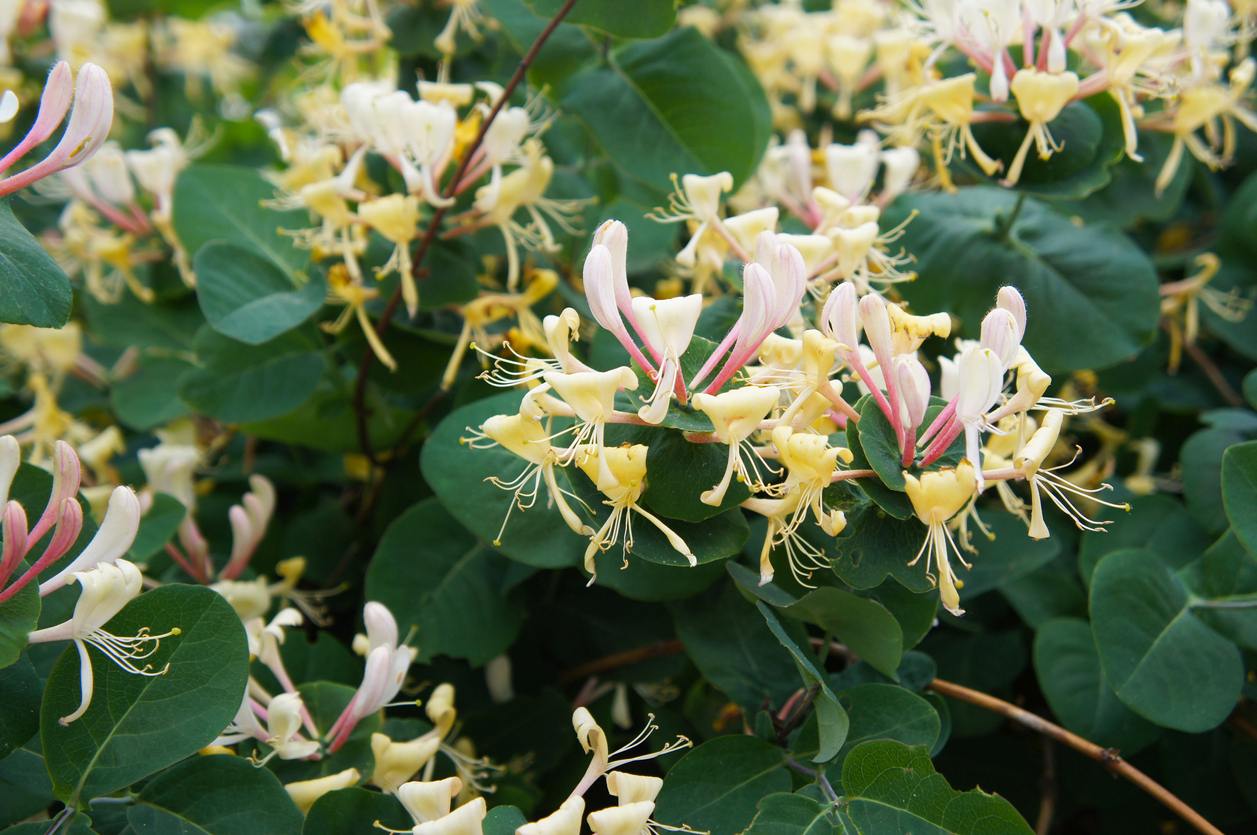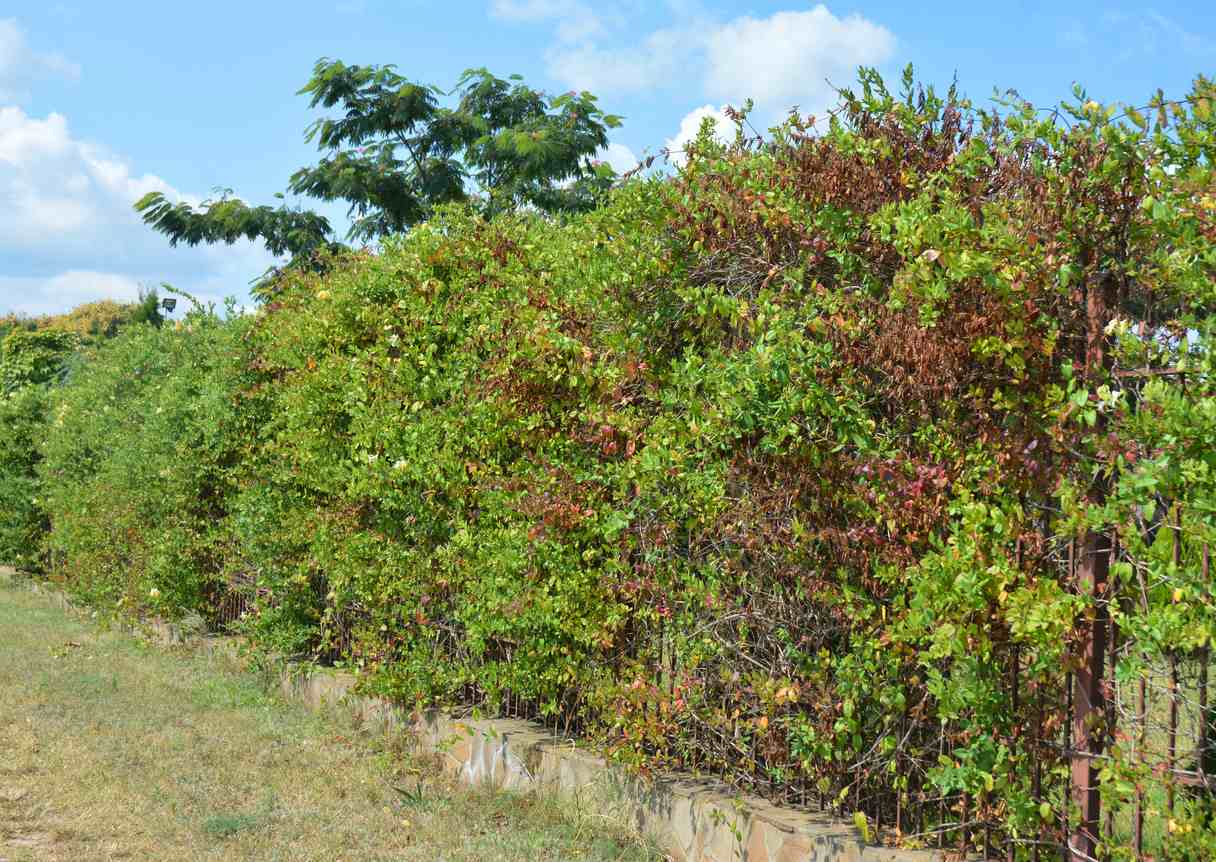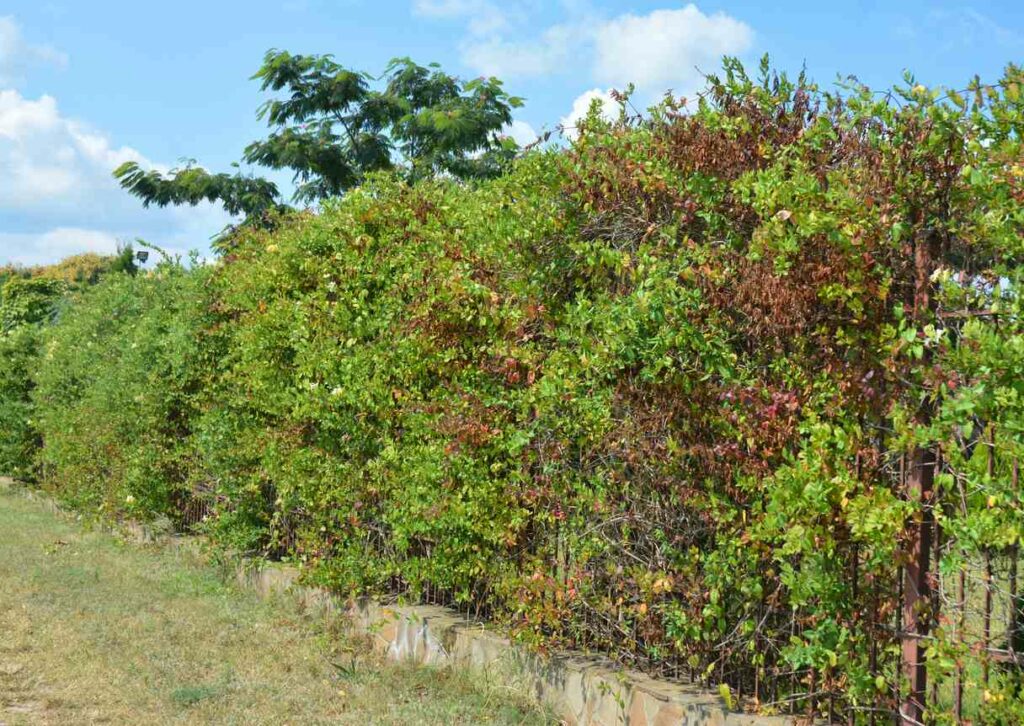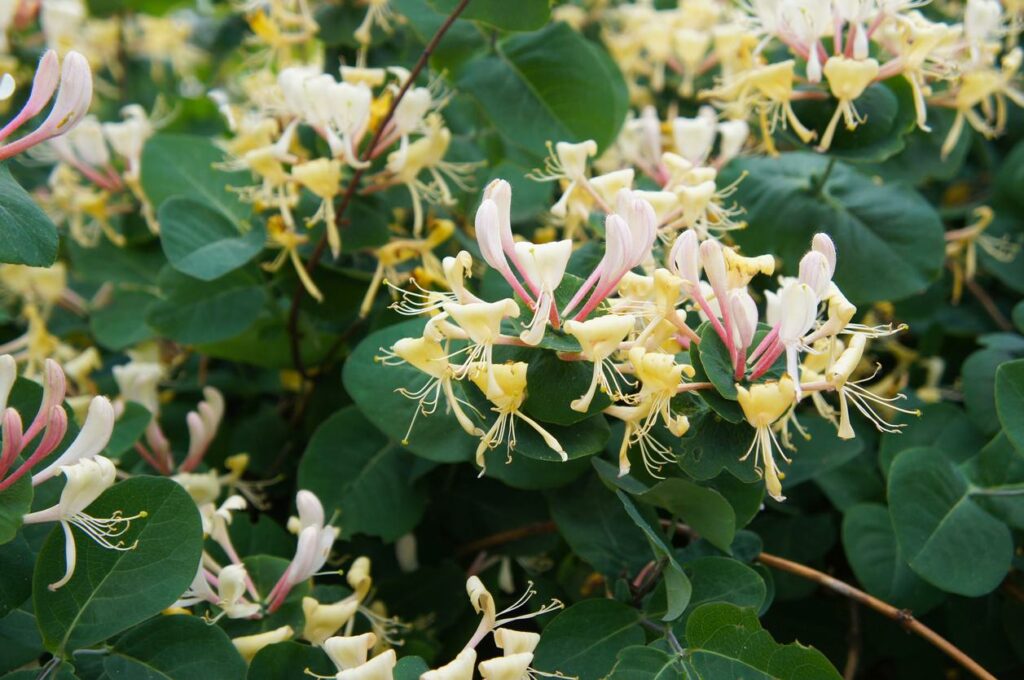Honeysuckle Plants – How To Grow And Care For Honeysuckle Plants
No flowering vine climbs like the ostentatious honeysuckle plants. They wrap their tendrils around trellises, patios, fences, and trees with a carefree attitude and disposition. Not only do the vines bring an ornamental value to any drab landscape, but they also fill the air with an intoxicating fragrance. Day or night, their sweet scents spread across the garden and waft into the windows. So, no matter what your purpose of growing these flowering vines, it’s safe to say that you will certainly see and smell the difference.
While honeysuckle plants are usually easy to grow in the right conditions, you will be spending a lot of time installing support and training the vines to get the final design you have in mind. But when you’re done, you’ll have a growing and living canvas as a testament to your gardening skills. So what do you need to know about honeysuckles and how would you grow and care for them in your garden? Read on to find the answers.
Honeysuckle Plants at a Glance
Honeysuckle plants (Lonicera) are versatile plants that come in various shapes, sizes, and even species. While the climbing vine varieties are the most popular and well-known species of honeysuckles, the plant also comes in other forms either as a bush or a shrub. However, since many of those species are considered invasive plants, people usually grow only the vine variety of honeysuckles in their gardens.
Most honeysuckles have USDA hardiness zones between 4 and 9. However, the size of the mature plant varies wildly depending on the variety. From the diminutive 5 feet honeysuckle to the towering 30 feet behemoth, there’s a vine for every taste and landscaping design. Usually, the vine has a 6 foot spread across. And with their oval-shaped leaves wrapping themselves around each other, you could end up with some unique foliage and green oblong cups filled with the morning dew.
Most varieties bloom from the end of the spring until mid-summer. The flowers open up in clusters at the tip of the stems. They have the shapes of pinwheels and vary in color from deep red to pastel. When the flowers bloom they also use their scents to attract pollinators. Bees and hummingbirds favor these flowers.
After pollination, the flowers will fade and are replaced by small red berries in the fall. The berries are not edible since many parts of honeysuckle plants are toxic both for humans and pets.
Honeysuckle Plants Varieties
With so many species and cultivars, you might be wondering which honeysuckle plants variety to grow in your garden. Well, according to horticulturalists, you should pick the cultivar or variety that fits your hardiness zone. But whatever you do, you should think twice before growing the Japanese honeysuckle. It’s very aggressive and requires plenty of work. Here are the common types to consider.
- Woodbine (Lonicera periclymenum): Also known as the common honeysuckle since it’s the most widespread variety grown in gardens. It is beloved by gardeners everywhere for its small flowers that start white but then turn into yellow with shades of purple or pink. The blooms have a sweet scent that is pervasive in the early mornings and evenings. Originally from Europe, this variety has adapted to the climate in the USA.
- Coral Honeysuckle (Lonicera sempervirens): A showy variety that has deep crimson flowers with bright yellow shades on the inside. Hummingbirds like these flowers since the nectar is usually deep inside the tubular part that only their long beaks can reach. A native of the southeastern USA, this variety doesn’t have the same intoxicating fragrance as the woodbine.
- Brown’s Honeysuckle (Lonicera ×brownii): A hardy cultivar that has a bright orange flower that blooms throughout the summer and well into the fall. It has a high tolerance to cold temperatures and you can grow it as a perennial in the right conditions.
- Goldflame Honeysuckle (Lonicera ×heckrottii): Another cultivar known for its flamboyant flowers which are not only bigger but have deeper colors than the other varieties. The petals have two colors. From the outside, they’re usually pink with hints of purple while the inside of the flower is golden yellow.
How to Grow Honeysuckle Plants
Whether you grow honeysuckle plants in the garden or in containers, you have many ways to plant these versatile vines. You could start them from seeds or cuttings. Both methods are equally easy and produce fast results. Here we’ll cover growing honeysuckle plants from seeds in the garden in easy steps.
- You can purchase the seeds at a trusted nursery. If you have access to a mature plant, you can collect the seeds when the pods are ripe and crisp in the late summer.
- Place the harvested seeds on a paper towel and keep them in a dry room for 2 weeks with temperatures between 70 degrees and 95 degrees Fahrenheit.
- After the seeds are fully dry, you can start planting them in the garden.
- Pick a spot in your garden that gets the afternoon sun especially an area facing the west or south.
- Make sure the soil can retain moisture without getting waterlogged. Honeysuckles prefer moist soil.
- Prepare your trellis or any other support you prefer and set it up in advance. This helps you pick the right spot to plant the seeds and prevents damage to the roots if the support is installed near a growing vine. Honeysuckles grown as ground cover don’t need support.
- The best time to start the seeds is in the early spring after the last frost.
- Break the topsoil and work in organic materials to improve water retention.
- Sprinkle the seeds on top of the soil but don’t cover them. The seeds need sunlight to germinate.
- Water the seeds immediately and keep the soil moist for the next couple of weeks.
- After about two weeks the seeds will germinate.
- When the seedlings are about 2 inches high and with at least two sets of leaves, you can thin them out.
- Weed out the sickly plants and space the healthy seedlings about 3 to 15 feet apart depending on the variety.
Honeysuckle Care
While starting the honeysuckle plants either from seeds or cuttings is quite straightforward, usually, the hard work is reserved for training, pruning, and watering this flowering vine. You should also prepare the trellis or support before you even plant the honeysuckle.
Soil
The best type of soil for honeysuckle plants is a moist but well-drained one. How do you achieve this complex requirement? For starters, make sure you have loose soil in your garden. Give the soil the fist test. Fill your palm with soil and clam your hand over it. If the soil remains loose and slips through your finger, it’s ideal for honeysuckles. If the soil turns into a clump, work in perlite or coarse sand to improve its texture. As for pH levels, honeysuckles can tolerate both neutral and slightly acidic soil. Adjust the pH to hover around 5.5 and up to 8.0.
Water
The trick with providing honeysuckle plants with adequate water quantities is to keep the soil moist without overwatering it. Honeysuckles have a low tolerance to drought. At the same time, they cannot handle waterlogged soil. If your well-drained soil dries out too soon, you can use mulching to improve water retention. Mulch will keep the soil moist long enough for the roots to absorb the moisture and nutrients. You can use shredded oak bark, pine needles, or rotten leaves as mulch. Don’t let the organic materials touch the stem of the vine since that could cause fungal infections.
Fertilizer
While the hardy honeysuckle plants don’t need fertilizing, you can encourage the vine to produce an abundance of blooms with the right fertilizer. For best results, use a custom 5-10-10 fertilizer that’s low in nitrogen. Nitrogen triggers a growth spurt in foliage at the cost of the blooms. Apply the fertilizer once in the spring before the growing cycle. You could also use organic fertilizer for richer colors and sweeter fragrances.
Pruning and Training
Unlike other plants, you would want to encourage honeysuckle plants to grow and spread out. For that purpose, you’ll need a trellis or other form of support to climb on and wrap their cup-shaped leaves around. So when you just want them to cover a wall in your garden, then you’ll give them free rein and hardly interfere. But when you have a specific design in mind or want to limit the spread of the fast-growing honeysuckles, that’s when pruning becomes mandatory.
Once the vine starts to reach tentative tendrils looking for support, you should train the plant to follow the design you have in mind. This will save you a lot of time on pruning and retraining the vine. Use strings to attach the stems to the support. In the late winter, cut the vine back vigorously to encourage new growth and blooms.
For a complete makeover, you could prune the vine to about 2 feet from the ground. Get rid of the discarded leaves and stems. Now you can train the new shoots and change your trellis design. It’s a more convenient way to restart the vine than planting a new honeysuckle plant from scratch.
Toxicity of Honeysuckles
Despite the beautiful and fragrant flowers and the alluring designs the leaves create around the stems, honeysuckle plants are considered toxic. This toxicity, however, varies from one species of the plant to the next. If you’re not sure about the toxicity of the specific variety you have in your garden, you should err on the side of caution.
The stems, leaves, and berries are all toxic. The berries have carotenoids and the stems and leaves contain glycosides. If you ingest any part of the plant, the symptoms include stomach pain, vomiting, and diarrhea. Keep the plant away from the reach of children and pets in the house. Since the berries are also poisonous, you should take precautions to prevent dogs and cats from having access to the bright red berries.



